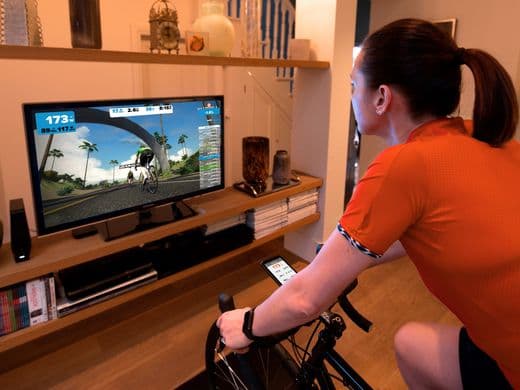During the first COVID lockdown we saw a monumental shift in the health and fitness market. We predicted then, that in the following 12-24 months we’d see a further rapid shake-up in the fitness industry with at-home fitness set to grow.
While it’s undeniable that the accelerated shifts of the pandemic have moved more fitness regimes into the home, this hasn’t meant that people have moved their spend on health and fitness away from the gym.
Going Strong
Notwithstanding all the health and fitness enthusiasts at True, with increased awareness and interest from consumers in overall health and wellness, the sector is one we’re very interested in. With the fitness industry expected to grow 171.75% to 434.74 billion USD by 2028 coupled with our investments in virtual cycling platform Zwift, British bike brand Ribble and virtual lifting community, we’re regularly discussing innovations and growth trends in the sector.
As we move into summer, there’s usually invigorated consumer interest in health and fitness as more consumers think about spending time on the beach – this year perhaps more so than last when travel and holidaying abroad was more restricted. But as the cost-of-living crisis bites will consumers continue to spend in this category? In April, Lloyds bank said that over one million of its customers had cancelled subscriptions such as streaming services and gym memberships in a bid to tackle higher cost of living.
Contrary to the belief that COVID would shift the market away from physical gyms as at-home working continued, membership gyms have made a very strong recovery post-COVID. In fact, post-COVID growth forecasts for the global health club market are 1%-2% higher than forecasts pre-COVID, driven by three factors: increased health consciousness, a desire for community and support as well as continued tech and innovation developments.
Increased Interest in Health
Pre-pandemic, there was already momentum in the sector with consumers taking more interest in personal health and wellness, but the threat of COVID accelerated this trend. According to McKinsey research, over half of UK respondents view health and wellness now as an increased priority compared with two to three years ago, implying their intent to increase physical activity.
Community Spirit
Data collected during the pandemic showed people felt a strong sense of loneliness. And specifically, over a third of consumers reported that they missed working out with people over the lockdowns. This link between community and fitness is continuing to manifest in two ways – increased likelihood of uptake of apps that provide social connection such as Zwift, which lets you compete virtually against your friends, professionals – or rivals - and community lifting platform Brawn, but it also acts as an important driver to get people back into gyms and working-out together in-person with personal trainers, friends or as part of classes.
Tech and Innovation.
The at-home fitness push that resulted as part of the lockdowns has driven a lot of the growth in this market. Fiit, for example, which launched in 2017 as an on demand, high intensity workout app streaming classes on mobile, gathered momentum in 2020 during lockdowns, securing high profile media partnerships such as its one with Sky that year.
During lockdowns many gyms had to find ways to host virtual classes, with some keeping this offering at a different price point, which we think will help some health clubs navigate the pressure of the cost-of-living crisis. Furthermore, gym memberships offering additional health-focused products such as tailored nutritional packages or diet programmes have added value and brand equity with the consumer. The overall health and fitness package offered by Ultimate Performance is one example of a model utilising the additional value of personalisation and tailored nutrition and diet.
Trying to predict which behavioural shifts will become permanent is a key part of our role. Having seen the move towards home fitness come to bear, what’s clear is that consumers are demanding more of whatever fitness platform or set-up they choose; they want choice and flexibility, but ultimately, they also crave personal connection. It’s often quoted that humans are social creatures, so those businesses that can successfully incorporate this crucial element whether virtually, or in reality, will go from strength to strength.
